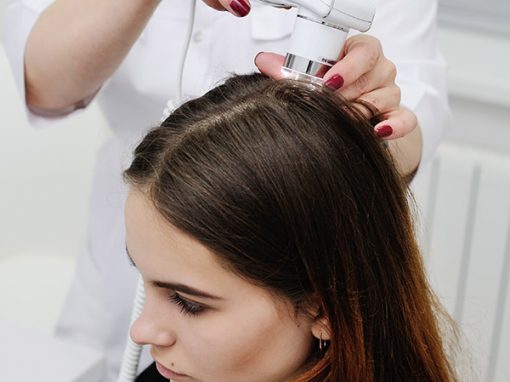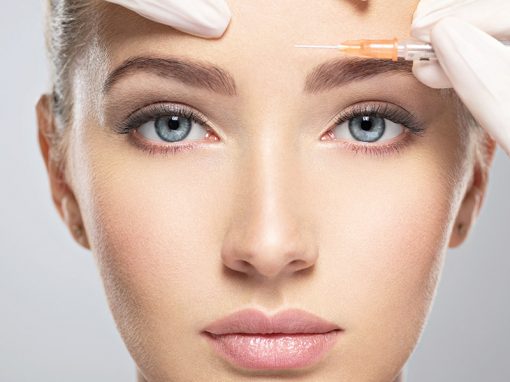
What are moles?
Moles (nevi) are pigmented growths on the skin that occur when melanocytes, or pigmented skin cells, develop in clusters. Moles are very common and come up at different developmental stages in a person’s life, usually until around the age of 40. After this, many moles will fade away over time. Atypical moles are those that appear to be unusual in shape and color and are different from all the other moles a person has. Atypical moles, also called dysplastic nevi, are a marker of increased risk for the development of skin cancer. Dermatologists recommend getting a mole checked if it appears different, grows larger, or changes in color in contrast to other moles on your body.
What is the relationship of moles and skin cancer?
It is important to know that melanoma, a type of skin cancer, can develop in or near a mole. If it is found early and treated accordingly, melanoma is known to be curable. Knowing the difference between a normal mole and a melanoma could help save your life.
- Moles are generally of one color, often brown, but can also be pink, tan, black, red, blue, or skin-toned. The color of a single melanoma is different from one area to another.
- Moles are generally round in shape, while melanomas are irregular, usually asymmetrical in shape with, possibly, a poorly defined border.
- Melanomas look different from the rest of the moles evident on the person’s skin, often changing in size, shape, and color.
- Most moles typically do not grow to the size of a pencil eraser. On the other hand, melanomas can grow bigger in diameter as time passes.
How are moles treated?
Most moles do not require any sort of treatment, but dermatologists recommend the removal of those that bother the patient, are suspicious in their appearance, or show signs of potential skin cancer. To remove the mole, dermatologists will use either a surgical excision or a surgical shave removal. Surgical excision involves cutting out the entire mole and stitching the skin closed afterwards. A surgical shave removal, on the other hand, is when a surgical blade is used to remove the mole with a deep scrape that is not stitched. In either case, the tissue removed will be sent to the skin pathologist for microscopic evaluation.
What are warts?
Warts are skin growths that are caused by a type of virus called the human papillomavirus or HPV. There are more than a hundred types of HPV known to infect the skin, usually through an area of broken skin. HPV causes the top layer of skin to grow rapidly and this is what forms the wart. Warts can grow anywhere on the patient’s body and are most common among children and young adults. They usually go away on their own within months or years, but may need professional treatment when they start to spread or become painful.
What are the different types of warts?
Common warts are those that are most often seen on the hands and may also grow on other parts of the body. They are dome-shaped, rough, and grayish-brown in color.
Plantar warts are those that grow on the soles of the feet. They are thick, hard patches of skin that cause pain when the patient walks, much like stepping on a piece of stone.
Flat warts are those that generally grow on the face, arms, or the legs. They are small with flat tops and candy pink, brown, or yellowish in color.
Filiform warts grow on the areas around the mouth, nose, or the beard. They are skin-toned and appear to have threadlike growths sticking out of them.
Periungual warts grow under the toenails and fingernails and look like rough bumps with uneven borders and surfaces. These warts affect nail growth.
How do warts spread?
Warts can be easily contracted when the patient gets in direct contact with HPV, you can get infected by simply touching the warts of another person. Similarly, you can infect other people by sharing personal items such as towels or razors, or anything that may get in contact with the other person’s skin. After contact with the HPV, it may take months before the development of the wart.
How are warts treated?
In general, warts do not need any special type of treatment, but in cases when they become painful and begin to spread to other parts of the body, or the person becomes bothered by the way they look, professional treatment or home treatments may be necessary. Home treatments such as salicylic acid may be obtained without a prescription. Stronger treatments including cryotherapy, electrosurgery, curettage, immunotherapy, or antiviral injections will require you to visit your doctor.


























